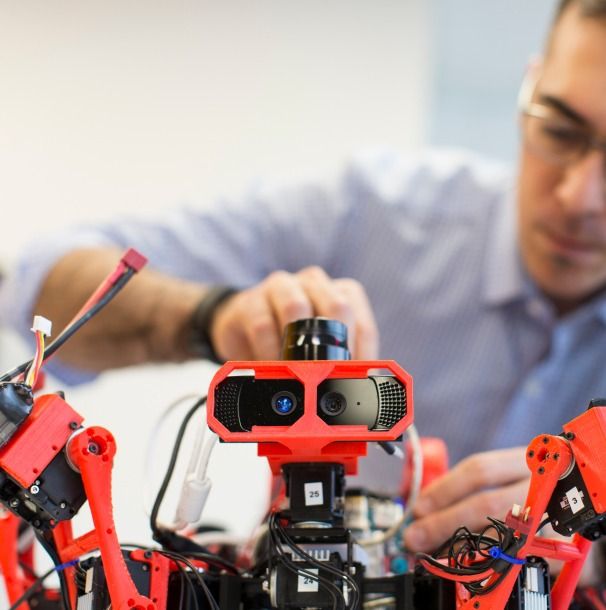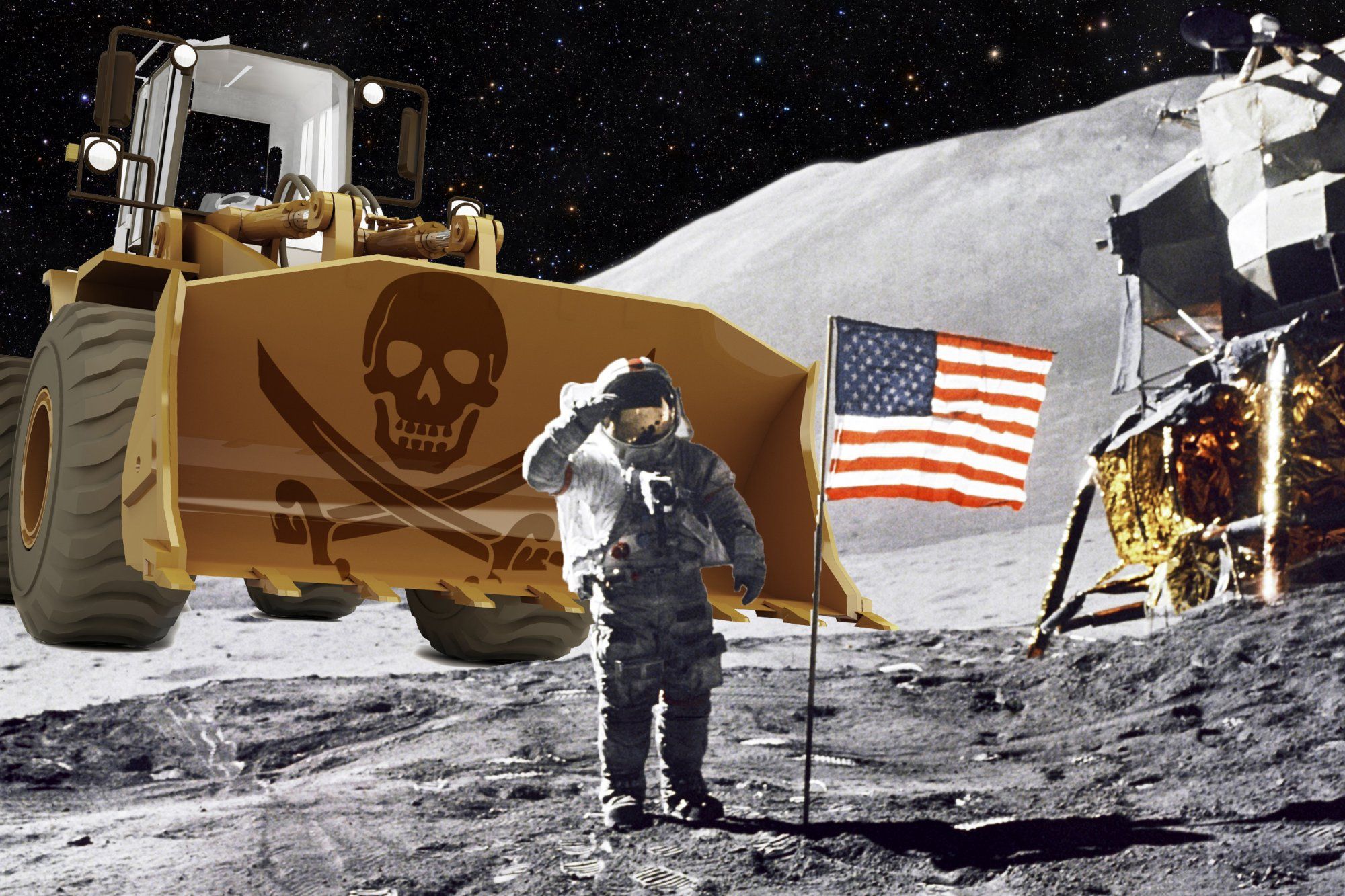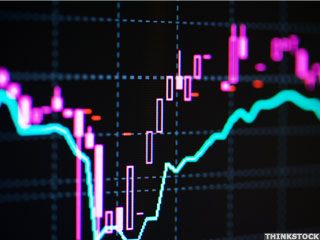“Buying into a smart home ecosystem is sort of like selecting a holy grail in the Temple of the Sun. Choose poorly, and everything crumbles.”


“Buying into a smart home ecosystem is sort of like selecting a holy grail in the Temple of the Sun. Choose poorly, and everything crumbles.”

Good luck convincing business and consumers to buy your autonomous spider-bot.
There are a number of major tech-driven companies that are researching 3D printing technology at a rapid rate, but very few invest as much as time and money into additive manufacturing as Siemens does. Whether they’re building their own €21.4 million metal 3D printing facility or helping 3D printing startups with their endeavors, the global engineering company is betting big within the 3D printing industry. Now, a research team from Siemens Corporate Technology’s Princeton campus has just revealed their latest innovation, the development of autonomous mobile 3D printing devices, which are being called spider-bots.
These unique printing devices, which look like spider-like robots, were almost entirely designed and manufactured by the Siemens Corporate Technology research team. They’re engineered with an extruder similar to the type used with FDM printing, and are able to print in polylactic acid (PLA). The spider-bots are equipped with an onboard camera and a laser scanner as well, which enables them to become aware of the surrounding environment during the print job. Software-wise, they’re all programmed with a modified version of Siemens’ NX PLM software, which is their product development, engineering, and manufacturing software solution. In the near-future, the Siemens research team hopes to utilize these spider-bots within the automotive and aerospace industries.

Tech capital is first major US city to require all new buildings of 10 storeys or under to have solar panels, reports BusinessGreen.

It may sound like sci-fi. But millions and millions of dollars are pouring into projects to mine asteroids and the moon. And with a space gold rush comes space pirates.
With trillions of dollars worth of minerals lying just under the moon’s surface or spinning around the solar system inside asteroids, space mining is big business.
Well, big potential business. No one has dug nickel out of an asteroid or scooped any tantalum from the lunar dust—at least not for profit. Before space miners can get drilling, they need to invent specialized industrial robots, set up orbital outposts and—arguably most importantly—convince investors, workers, and prospective buyers that space minerals are worth the cost and effort of mining them.

Bots are only as good as their under pinning legacy infrastructure/ networks. Glad to see this article and someone speaking again for investors outside SV.
Bots hit the mark on every pattern Silicon Valley loves. But for investors and entrepreneurs — and executives outside of San Francisco trying to figure out what this bot business is all about — it’s worth taking a step back and looking at this frenzy with fresh eyes and a bigger picture.
Simple interactions between people — making a connection, following and messaging — when captured in a digital network of people who know each other already personally, professionally or by reputation, have created a handful of extremely valuable networks where three billion people today spend the majority of their time.
Facebook pages are like the once-vibrant amusement park that got knocked down for condos.

Some fundamentals to consider when implementing online bots. It truly has to be for companies/ businesses a cultural, operating model, and business model fit. And, for consumers it is about your own personable fit. Not all bots are created equal meaning no one size fits all. Do your due diligence like you would on any investment as a business and any long term relationship as a consumer.
A version of this essay was originally published at Tech.pinions, a website dedicated to informed opinions, insight and perspective on the tech industry.
We’ve now had two major developer events in a row where chat bots were a significant theme, with both Microsoft’s Build and now Facebook’s F8 focusing on this rapidly emerging new form of interaction with companies and brands. With two such big names behind the trend, it’s easy to get caught up in the hype and enthusiasm these companies obviously share for the technology. But it’s important to stay grounded as we evaluate chat bots as a potential successor to today’s app model.
The first thing to note is that Facebook and Microsoft have strong incentives to pursue the bot vision. Both companies failed to make a meaningful dent in the mobile operating system battle and, as such, find themselves in secondary roles as makers of apps that run on other people’s platforms. This shuts them out of many of the opportunities associated with owning a mobile operating system, and puts them perennially in a secondary position, having to work around the limitations placed on third-party apps and the inherent disadvantages they face relative to pre-installed applications. So it’s not surprising both companies are now embracing what — in at least some visions of the future — promises to be the replacement for mobile apps. But it’s important to keep these incentives in mind in evaluating their claims about the potential of bots — Facebook and Microsoft have a massive vested interest in seeing this trend succeed.

That astounding sum is especially noteworthy because Magic Leap has not released a beta version of its product, not even to developers. Aside from potential investors and advisers, few people have been allowed to see the gear in action, and the combination of funding and mystery has fueled rampant curiosity. But to really understand what’s happening at Magic Leap, you need to also understand the tidal wave surging through the entire tech industry. All the major players—Facebook, Google, Apple, Amazon, Microsoft, Sony, Samsung—have whole groups dedicated to artificial reality, and they’re hiring more engineers daily. Facebook alone has over 400 people working on VR. Then there are some 230 other companies, such as Meta, the Void, Atheer, Lytro, and 8i, working furiously on hardware and content for this new platform. To fully appreciate Magic Leap’s gravitational pull, you really must see this emerging industry—every virtual-reality and mixed-reality headset, every VR camera technique, all the novel VR applications, beta-version VR games, every prototype VR social world.
Like I did—over the past five months.
Then you will understand just how fundamental virtual reality technology will be, and why businesses like Magic Leap have an opportunity to become some of the largest companies ever created.

AI has been around for over 50 years. So, no it is not new technology. However, what is new is the various breeds of AI. Online bot technology is where folks can expect a larger immediate return. physical Robotics is still not going to deliver at the level that the consumers and various businesses require for adoption on a massive scale. Again, quantum and bio-computing will improve robotics as well as other areas of AI.
The history of technology, whether of the last five or five hundred years, is often told as a series of pivotal events or the actions of larger-than-life individuals, of endless “revolutions” and “disruptive” innovations that “change everything.” It is history as hype, offering a distorted view of the past, sometimes through the tinted lenses of contemporary fads and preoccupations.
In contrast, ENIAC in Action: Making and Remaking the Modern Computer, is a nuanced, engaging and thoroughly researched account of the early days of computers, the people who built and operated them, and their old and new applications. Say the authors, Thomas Haigh, Mark Priestley and Crispin Rope:
The titles of dozens of books have tried to lure a broad audience to an obscure topic by touting an idea, a fish, a dog, a map, a condiment, or a machine as having “changed the world”… One of the luxuries of writing an obscure academic book is that one is not required to embrace such simplistic conceptions of history.

I am still not convinced that everyone fully understands how bot technology is about to change IoT and its impact to online business industry. Let me share a few ideas: Financial Auditing and accounting. Bots will be able to do a more thorough job in managing, tracking, reporting financials that many finance back office controls can be performed by bots and requiring a sign off by CFO/ Lead Controller. And, Accounting & Audit firms can easily leverage the technology to perform audits on companies remotely without having to send teams of auditors to a client’s site.
Here’s another one; I decide to set up a few 3D printers to make some unique seals for aircraft manufactures for their jets/ planes; and I need a call center plus online sales teams taking and processing orders. With bot technology my whole operation is automated and no need for sales people, call center folks, or operators. All I need is myself and couple of techies to manage the bot operations; and more profit for me and my team.
However, we still have to keep a tight oversight on hacking which is still a risk; however, we should see more micro-size companies spin up as a result of online bots and 3D printers in our immediate future.
Don’t even TRY to get Intersect Bot to talk about Trump or the Holocaust.

Although this article is over 5 days old plus talks about the risks identified by TechInsurance company; it does highlight the potential new wave of lawsuits in the years to come that we could see flood the law offices and courts around AI. Also, it will be interested to see over the next 5 years how laws, reg. compliance, etc. will evolve with the deployment of AI.
Technology insurance provider reminds IT businesses that technical glitches and customer behavior are significant sources of risk.